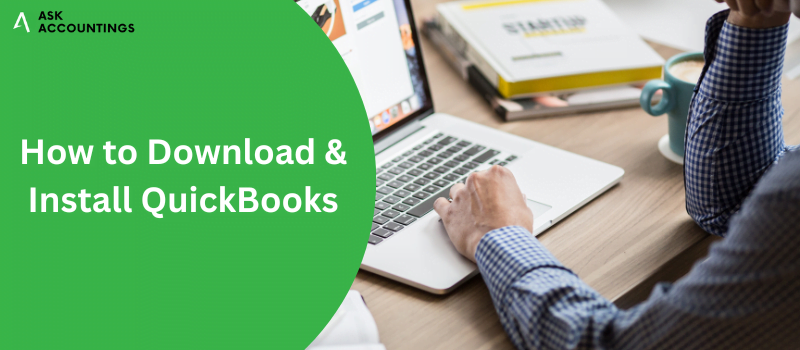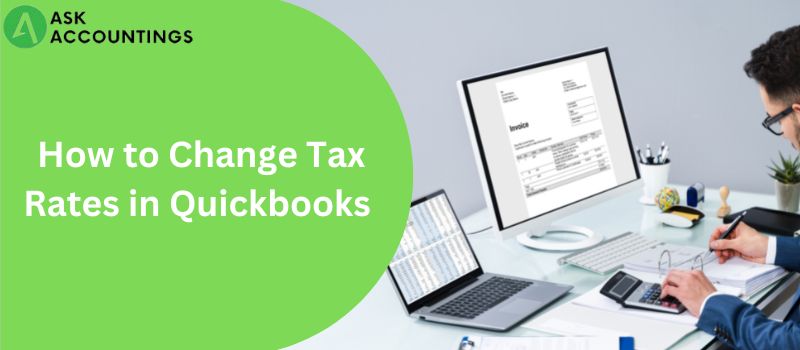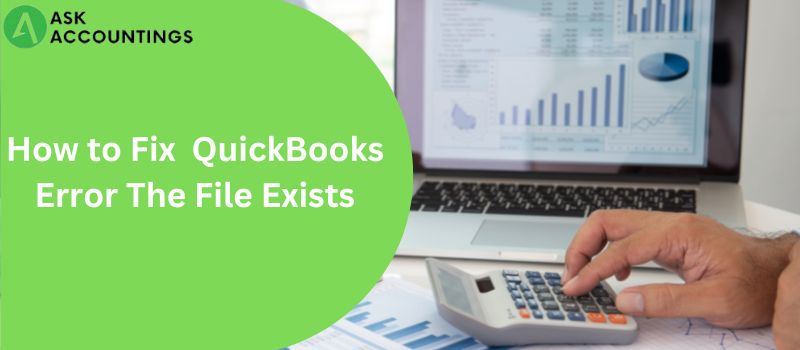A General Ledger is a report on the financial activities made by a business. A general ledger contains the report on asset accounts like Cash, Accounts Receivable, Equity, and Undeposited Funds to provide an overview of all transactions.
A General ledger is everything that comes in and goes out of your business. A ledger should include all the sales, expenses, debt, and other transactions made by a business. A ledger is like a track record, a history, which makes it of utmost importance for any business.
A general ledger contains vital information that is used during audits, future planning, and to find discrepancies in transactions. A ledger also helps you to find inputs to get future insights about your business and plan ahead of time. Here, we have listed some benefits of a General Ledger that will act as pointers to establish its importance.
- A General ledger is an accurate record of all your financial transactions.
- A general ledger helps balance your books and compile trial balances.
- A general ledger makes income tax filings easy by providing all the transactions in one place.
- A general ledger helps keep business expenses in check.
- A general ledger helps detect any unusual and fraudulent transactions.
- A general ledger is a final report on financial statements, profits, and liquidity business. A ledger also ensures good financial health as you have complete control of the cash flow statements, income statements, trial balances, and balance sheets.
What Are the General Ledger Account Types?
Ledgers have several account types that help detect and distinguish between different transactions made by a business. Here is the list of the General ledger account types.
- Assets: An asset account includes all cash, accounts receivable, inventory, fixed assets, and notes receivable transactions made by the business.
- Liabilities: A Liabilities account includes all the account’s payables, accrued expenses, and notes payable by the business.
- Equity: An equity account has transactions like owner’s or member’s capital, distributions, common stock, paid-in capital, treasury stock, dividends, and retained earnings.
- Operating revenues: This kind of account includes all the sales and service fees paid by the business.
- Operating expenses: This includes all the transactions made for salaries of the employees, any rent expense of the business, depreciation costs, and utilities.
- Other income and expenses: These include all the investment income, gains and losses on disposal of assets, and interest expense by a business.
How to keep a General Ledger?
A General ledger, in its simplest form, is just a list of all the transactions made by your business. In older days, ledgers were physical books with the detail of each transaction in and out of their business. These physical ledgers were subject to many problems which made them difficult to store for longer periods. And, the inspection was a mess at that time, as there was always a chance of losing one or another record.
To ease the problems for everyone Intuit came up with QuickBooks. This application helped businesses easily store thousands of ledgers for a longer period without any issues. QuickBooks helps the user to file a transaction and provides a complete general ledger for the desired period.
QuickBooks keeps separate records of each activity made by a business and categorizes them into three sub-categories:
- Payroll: Payroll is a complete record of wages given to employees, along with any other benefits provided only for employees. This also includes associated payroll taxes that were provided to employees during the period.
- Account Payable: This includes all the transactions of company purchases, pending bills, or any other debt by the company.
- Accounts Receivable: These are the records of sales, revenue, and any pending bills or debts by clients.
How to make a Journal Entry in QuickBooks?
- Go to the QuickBooks company menu and select “Make General Journal Entries”.
- At this step change the date field once you have entered the general entries.
- Type the number of journal entries in the “Entry No.” field.
- Fill in all the required details of your General Entry.
- Choose the first account transaction from the receivable or account payable account.
- Fill in the debit and credit columns for the selected account.
- Write a describable memo for your transaction. A memo could have a date, name, or any other distinguishable feature about your transaction.
- Choose a transaction (customer, vendor/supplier, Employee, or other ) category for your transaction.
- In this step fill out the journal entry on the credit and debit column as per your desire.
- Once done with the journal, click on “Save and close” to save the window entry.
How to print General Ledger in QuickBooks?
You can print a general ledger report in QuickBooks by following these steps in order:
- Open QuickBooks and go to “Print Reports”.
- On the list of printable reports, choose “Transaction Reports”.
- On the drop-down menu click on the “General Ledger” option.
- Select the appropriate month and year.
- Go to the print option at the bottom of the screen.
Please note at this step,
- Leave the account range fields empty if you want to print the entire general ledger.
- To print for multiple accounts enter the beginning and end account numbers.
- A balance error while filling accounts is normal as most of the time the debits do not match with credit transactions.
- This report is not time-sensitive and includes any transaction made within a specific month even if the transaction date is for a different month.
- Select “Print” to print the final reports.
How to find General Ledger in QuickBooks Desktop?
- Go to QuickBooks desktop and select “Reports” from the navigation panel.
- Click on “all” from the drop-down menu.
- Go to the “My Accountant” section on the drop-down and click on “General Ledger”.
- Select a date range for the report.
- Click on “Run Report” to preview the final report.
How to find General Ledger Report in QuickBooks online?
- Go to QuickBooks and open “Reports”
- On the “Reports” menu click on “All.”
- Click on “For My Accountant” on the drop-down menu present.
- Choose “General Ledger”.
- Set the date range for the required ledger report.
- Click on “Run Report” to the general ledger report.
QuickBooks comes in handy as an overall solution to keep books up-to-date with the general ledger. QuickBooks is easily accessible from anywhere making it the go-to software for accounting.
We are a QuickBooks consultant business with a capable team of consultants who are ready to help you with any of your QuickBooks-related queries. We are available 24×7, round the year. To contact us, just fill out the form on the support page, and we will get back to you at the earliest. Or, you can read one of our published articles on our website and might get a satisfactory answer in a short time.



